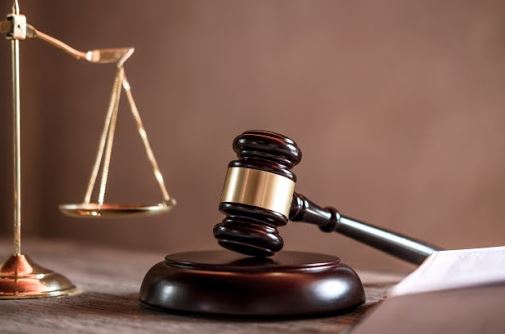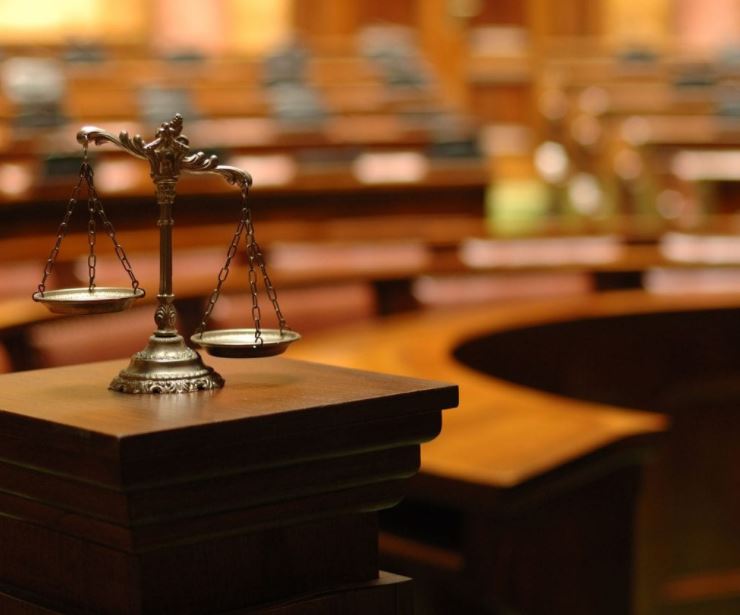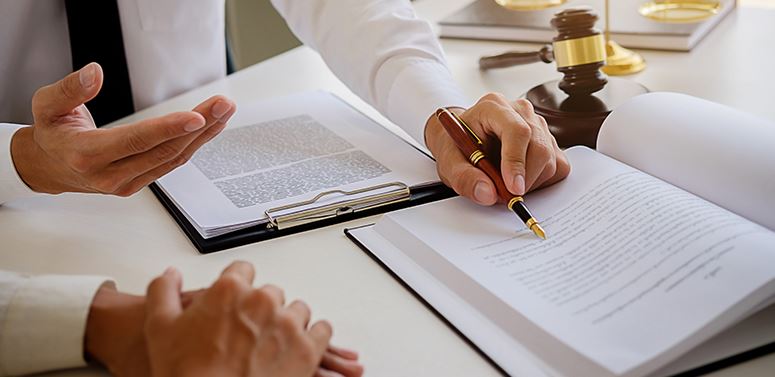The trial itself is already the result of the work of a lawyer. Just as a theatrical performance is preceded by rehearsals, a trial requires preparation. Cases are lost due to improper preparation. Only romantics can count on correcting mistakes in the appeal instance.
How to Assess the Prospects of the Case?
Preparation for the trial begins with an assessment of the client’s chances of a positive outcome of the case. Therefore, initially, it is worth assessing the prospects of the trial itself. To do this, use the following criteria:
 Achievement of the goal. Delay the consideration of another case or defend against a possible claim; create a prejudicial fact – to establish circumstances that will not require proof in a new process. Lawsuits are used to report to the tax office – to confirm losses. Evidence cannot be obtained out of court, and the purpose of the process is to obtain it through a court request. So, in one case, through such inquiries, we received information about the vehicles of the debtor, and when it came to enforcement proceedings, we did not waste time searching for property. Lawsuits are started for “black” or “white” PR. This is only part of the goals that are pursued by filing an application to the court.
Achievement of the goal. Delay the consideration of another case or defend against a possible claim; create a prejudicial fact – to establish circumstances that will not require proof in a new process. Lawsuits are used to report to the tax office – to confirm losses. Evidence cannot be obtained out of court, and the purpose of the process is to obtain it through a court request. So, in one case, through such inquiries, we received information about the vehicles of the debtor, and when it came to enforcement proceedings, we did not waste time searching for property. Lawsuits are started for “black” or “white” PR. This is only part of the goals that are pursued by filing an application to the court.- Assess the chances of success. To do this, line up events in a row – build your theory of the case. As you study the materials, understand (a) what really happened, (b) which side are you on, (c) whether there is enough evidence. The construction of such a theory will allow us to assess the prospects for the proceedings. The odds can be assessed on the following scale: low, below average, average, above average, high.
- Cost. Litigation should be treated as a business project and cost estimate. The expenditure part consists of: state duty, expenses for examination and external lawyers, overhead costs, and other costs.
 Terms of consideration of the case. For an objective picture, it is worth considering: (a) the time to prepare for the process (obtaining evidence), (b) the consideration of the case in court (and in three instances), (c) the time frame for enforcing the court decision.
Terms of consideration of the case. For an objective picture, it is worth considering: (a) the time to prepare for the process (obtaining evidence), (b) the consideration of the case in court (and in three instances), (c) the time frame for enforcing the court decision.- Assess the risks. Answer the question: “Will it not get worse after filing a claim?” Such risks: “black” PR from competitors, filing a counterclaim, initiating parallel proceedings against the client, or, even worse, administrative or criminal proceedings.
Follow these simple tips to stay prepared for a trial hearing and increase your chances of winning the case.

